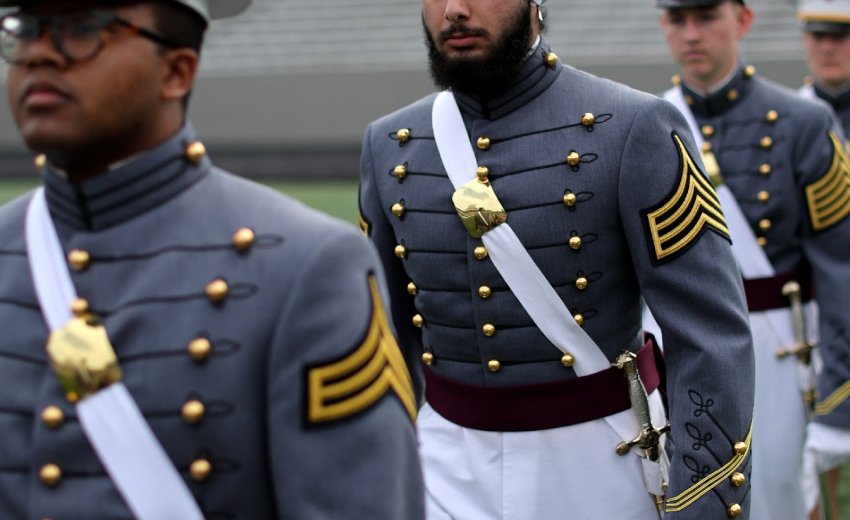In 2020, the updated U.S. Navy’s religious accommodations policy cited that Sikh sailors can wear turbans. This was followed by the Air Force’s decision to do the same in early February of the same year. Earlier, religious head coverings such as Muslim hijabs and Jewish kippahs were permitted because they did not interfere with uniform covers. However, as per the March 16 instruction in 2020 from the Bureau of Navy Personnel, it is no longer necessary to wear an approved religious head covering underneath the cover prescribed by the uniform of the day.
Significance of Sikh turbans
When someone wears a Sikh turban, often referred to as a Dastar or a Dumalla, they are demonstrating the Sikh teachings, the love of the Guru, and the desire to perform good actions. The Sikh Gurus made sure that both men and women may wear turbans, marking yet another act of equality. The turban also serves the dual purpose of keeping the long and uncut hair of Sikhs clean and protected.
Sharing views on the updated religious rules in the U.S. Navy, Giselle Klapper, Sikh Coalition’s staff attorney, said, “We are appreciative that the U.S. Navy has taken a step forward in securing accommodations for observant Sikh Americans who wish to serve with their religious articles of faith.”
Religious accommodations in the U.S. Navy
Navy uniform regulations differ depending on whether a sailor is assigned shore duty, sea duty, or a ship at sea, as safety considerations are higher with each environment. According to the instructions, sailors who are granted a religious accommodation for head coverings are not compelled to wear military headgear in addition to their religious head covering if such military headgear stands in opposition to their religious convictions. For instance, a sailor working the flight deck of an aircraft carrier could not safely wear his turban underneath the helmet required during flight operations, so a religious accommodation would not apply in that scenario.
Giselle Klapper comments that “... we have outstanding questions and concerns about the durability of these accommodations and the extent to which they allow service in all Navy job environments,"
As per the instructions, the Navy likewise treats hair and head coverings differently, but they are linked for Sikh sailors. In the Navy, religious exemptions that have to do with uniforms and grooming are requested via petition to commanding officers at the O-6 level.The March 16 directive amends prior instructions, which required those captains to make their recommendations to the Chief of Naval Personnel, and also streamlines the the process for religious head coverings.
Also, an O-6 can now approve those requests on their own, notifying CNP only if they propose a denial. However, requests for men to grow out their hair ― as is custom, to be wrapped up underneath the turban ― have to be approved by CNP.
Sharing his hopes for the future of Sikhs in the U.S. Navy, Klapper said, “ We look forward to continuing our conversations with Navy leadership to ensure that observant Sikhs have true equality of opportunity in pursuing careers in the Navy,”
In the last decade, the American Sikh community has spearheaded the campaign for religious accommodations that allow observant males to wear the turbans and beards required by that faith, including various lawsuits against the Defense Department. They achieved significant success in 2017 when the Army allowed turbans, patkas (under-turban head coverings), and hijabs to be worn in uniform, as well as well-groomed beards. While Sikhs have been the catalysts of change, thereafter thesoldiers of Norse pagan beliefs have also gained exclusions to uniform regulation permitting them to grow beards .
